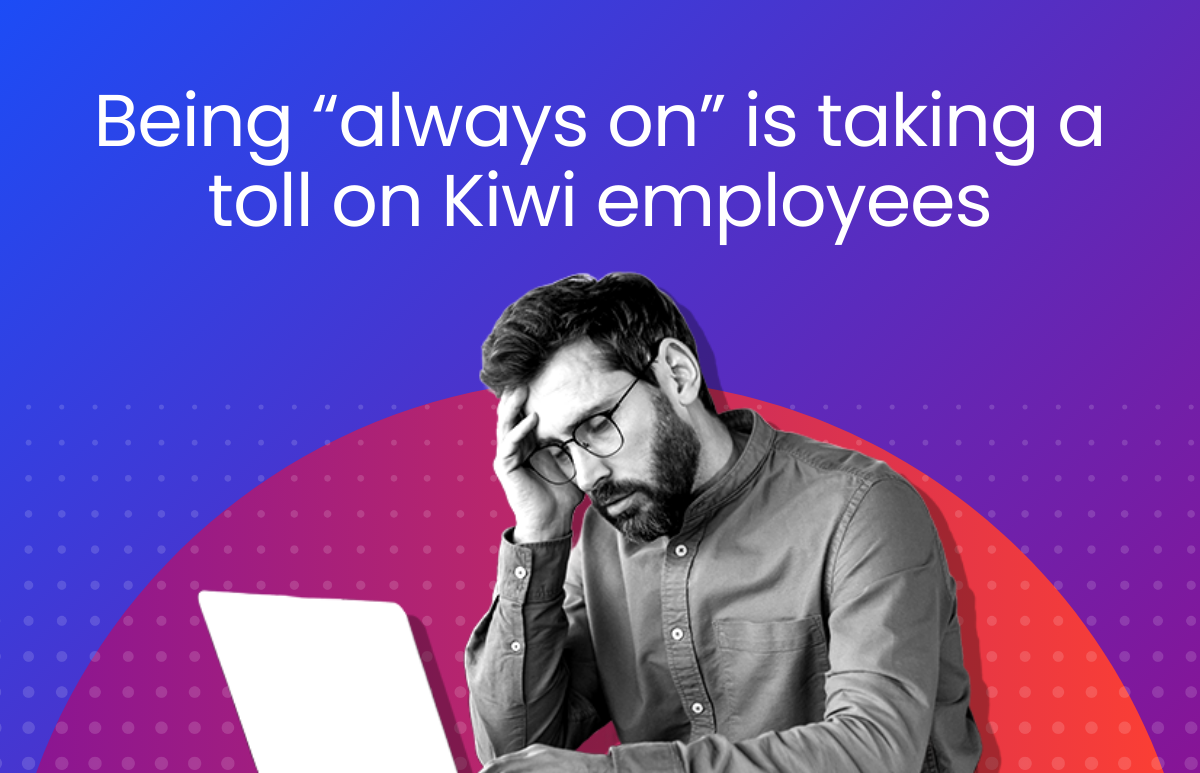How to Develop and Retain Your Top Performers

Even at the best of times, recruiting and training new staff is a costly expense for a business. However, the longer staff stay with an organisation, the higher the return on investment. Research shows that employees who feel supported and have high job satisfaction levels are more likely to stay. This support can come from training, coaching, mentoring and peer support.
Those provided with ongoing development and opportunities for advancement, both in terms of upward mobility and diversity in their role, feel valued by the business. Creating this environment where employees are valued and feel empowered in their role promotes retention.
The current environment wrought by the global pandemic is the perfect opportunity to invest in your employees – especially those you value highly, such as high performers or high potential employees. With remote working now the norm, employees may have more time to develop their skills, and it’s something that will assist the business in the short- and long-term.
Why should you care about employee development?
Offering employee development is important because it demonstrates investment in your workers’ long-term career, and has a positive impact on engagement, loyalty, productivity and retention. In fact, a study by LinkedIn Learning found 94% of employees said they would stay longer at a company if it invested in their learning. Promoting continuous learning is also beneficial for the business by filling emerging skills gaps and ensuring the organisation has the capability to scale and grow.
Best practices for employee development
- Focus on individual learning – Aside from organisational-wide learning development programs, employees should be encouraged to develop their own individual learning plan. This plan may outline the skills and knowledge required to continue growth in their current role or plan for advancement and promotion.
- Provide an opportunity for peer learning – Identifying ‘experts’ in the business who can share their knowledge provides a feeling of value. Peer learning can take many forms such as one-to-one coaching, discussion groups, online forums and brown bag presentations (an informal meeting or training session that often occurs at lunchtime)
- Build company culture – Great company culture is more than providing table tennis, pool, or other games in a common area. It is about creating an environment where employees understand synergies they share as well as challenges faced in other parts of the business
How to retain your employees
Staff turnover is an inevitability and in small doses can be healthy. However, there is no magic formula that guarantees employees will stay at an organisation – even if that organisation has achieved “world’s best employer” status. There are simply too many factors at play.
High stuff turnover is a problem – not only does it damage productivity and morale, it’s also expensive. According to ELMO’s 2019 Benchmark Survey Report, it costs a business $18,982 on average to hire a new employee. Other qualitative costs arise as result of high staff turnover, such as negative client-employer relationships, team burn-out and harmed reputation.
Why your employees are leaving
1. Lack of recognition and appreciation
An absence of recognition in the workplace is a common driving force behind employees deciding to leave an organisation. In fact, 66% of employees say they would likely leave their job if they didn’t feel appreciated.[1] This percentage jumps to 76% among millennials. Rewarding high performers sends the message that hard work and positive attitudes are appreciated. Having a rewards & recognition program in place will help to ensure that the right people are rewarded appropriately – whatever “reward” means to that organisation.
2. Poor management
There’s a common saying: “Employees don’t leave organisations, they leave managers.” A Gallup study found 75% of staff who quit their jobs voluntarily did so because of a bad boss.[2] Poor management includes undervaluing and overworking employees, failure to tap into their talents, lack of flexibility, ignoring their concerns, bullying, harassment and a lack of empathy. Inconsistent performance management processes is also a form of poor management. Without a sound review process, performance standards become unfair and biases form. This damages morale and job satisfaction and causes employees to check-out mentally – and, eventually, physically.
3. Little or no learning and development opportunities
Learning and development is a huge retention driver – especially for younger generations who want career growth. Garter found that 40% of departing employees cited lack of future career development as a main reason behind their decision.[3]Employers can support career advancement by investing in learning tools and software. Succession planning is also a key component in professional development. It demonstrates to high-potential employees that their efforts and acknowledged and appreciated, and they have been marked for career advancement.
3. Low engagement
Forbes looked at three levels of engagement in employees: engaged, disengaged, and over-engaged.[4] While “disengaged” is typically a gateway to resignation, it is arguably “over-engaged” that has most prevalence in these current times, as many employees have worked themselves into the ground during the pandemic and are subsequently burnt out. Burn-out is also a symptom of bad management that leads to disengagement and, eventually, resignations.
5. Unfair remuneration
Remuneration is a sensitive topic for many employees, especially since many organisations have had to cut remuneration budgets in order to weather the storm of COVID-19, which for many meant decreasing employee salaries. Already, 37% of Australian workers feel they are not paid a fair salary.[5] Despite an organisation’s financial standing, the absence of fundamental remuneration management can damage employee engagement and retention. Remuneration software like ELMO Remuneration helps rem people ensure their budgets go further and benchmark salaries to ensure employees are remunerated fairly.
To find out more about remuneration best practice post-COVID, check out our whitepaper here.
6. Lack of empowerment
If employees feel disempowered and disenfranchised at work, they will walk. Empowerment can be cultivated in multiple ways, such as management and leaders giving employees autonomy over their work, conducting regular pulse surveys, communicating with transparency and setting clear goals. When employees feel respected and a part of the bigger picture, they are more likely to stick with an organisation on its growth trajectory.
7. No flexibility
People want flexible working opportunities, and after 18 months of on-again-off-again working-from-home, it can be presumed that flexible work in the future will be more than a nice-to-have, it’ll be an expectation. The continuation of remote working means that organisations will need to adjust fundamental employee experience strategies. This includes fine-tuning remote practices to aid digital collaboration long-term and changing performance goal setting and employee evaluations for a remote context.
Using survey software to keep your employees satisfied and engaged
High performers are critical to the success of a business in these unprecedented times, and employers must do all they can to ensure they are supported, engaged and productive. There is not a handbook for employers on managing crisis in relation to COVID-19, but something that should be at the top of the agenda is building engagement. Survey software is a valuable tool for monitoring engagement, boosting employee satisfaction, and identifying areas that need to be improved. The benefits of surveying include:
- Gaining insight into the employee experience
- Using that insight to target initiatives and increase engagement
- Ensuring employees have a voice and feel heard
- Improving retention by identifying at-risk roles
ELMO Survey enables organisations to conduct and manage staff surveys throughout all points of the employee lifecycle. The data provides actionable insights into employees’ attitudes and opinions towards work, helping organisations make better business decisions.
[1] “66% of employees would quit if they feel unappreciated”, Forbes, 2019
[2] “Employees don’t leave companies, they leave managers”, LinkedIn, 2017
[3] “Lack of career development drives employee attrition”, Gartner, 2018
[4] “Worker trends for 2020: Engagement, disengagement and over-engagement”, Forbes, 2019
 HR Core
HR Core 









